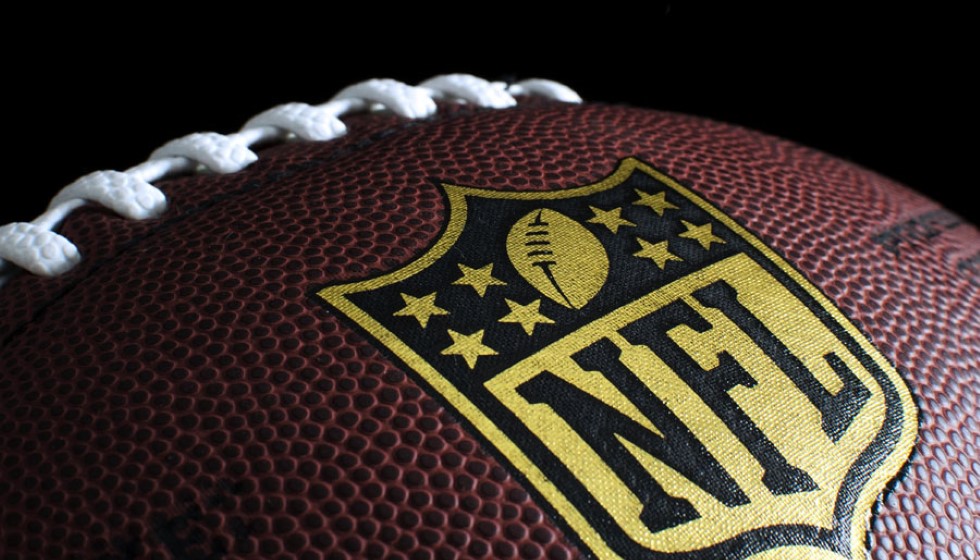
Running Backs Bounce Back: A Resurgence in Value
In a dramatic shift in the NFL's player market dynamics, the 2024 offseason has shone a new spotlight on the running back position, marking a pivot from recent trends. After several years of seemingly undervaluing running backs, five veteran players have clinched multimillion-dollar contracts exceeding $7 million per year, with two surpassing the $12 million annual mark. This is a significant change when compared to the preceding five-year period between 2018 and 2023, during which only three free agent running backs secured similar financial agreements.
This revitalized valuation underscores the evolving strategy within the NFL, acknowledging the multifaceted contributions of running backs beyond mere rushing statistics. Saquon Barkley and Derrick Henry stand as prime examples of this shift, both transitioning to new teams in 2024 and delivering stellar performances that have silenced skeptics.
Fresh Starts for Barkley and Henry
Saquon Barkley and Derrick Henry have metamorphosed into cornerstone players for their respective new teams, the Philadelphia Eagles and Baltimore Ravens. Their contributions have been nothing short of exceptional, leading the league in rushing yards. At ages 27 and 30, Barkley and Henry continue to defy age-related declination often associated with their position.
Barkley has made a significant impact with the Eagles, demonstrating his versatility and ability to exploit Philadelphia's multifaceted offensive schemes. His raw statistics show a slight edge over Henry with a 0.2 yards per carry advantage. However, advanced metrics reveal that Henry's efficiency is superior on a per-carry basis. Baltimore's tactical framework is designed to allow Henry to thrive against formidable defenses, making his transition one of strategic brilliance.
This strategic deployment by both teams not only highlights Barkley's and Henry's skills but also validates the hefty investments made in these athletes during the offseason. Their performances are a testament to the growing recognition of the running back's holistic value in modern football.
The Strategic Deployment
Philadelphia and Baltimore have managed to construct tactical environments that harness their talents to the fullest. For Barkley, the Eagles devised strategies to integrate his extensive skill set beyond just traditional rushing plays, effectively ensuring that he's not scripted out of games. This approach maximizes his time on the field, allowing Philadelphia to fully capitalize on his breadth of abilities.
Conversely, Derrick Henry's power and vision are leveraged by Baltimore's framework, enabling him to maintain productivity against crowded defenses. The Ravens have successfully minimized instances where Henry is tackled at or behind the line of scrimmage, a testament to both his effectiveness and the team's tactical acumen.
While Henry and Barkley share nearly identical rushing statistics, the nuanced differences in their deployment speak volumes of the teams' strategic understanding. The Eagles and Ravens have proven adept at aligning their game plans with the strengths of their star running backs, resulting in robust, dynamic offensive capabilities.
Redefined Expectations
This reevaluation of the running back's role and value in the NFL illustrates a broader trend towards a more team-specific and tactical approach to player utilization. The commitment to investing in running backs like Barkley and Henry is indicative of a renewed appreciation for their potential to influence game outcomes decisively.
The 2024 season has redefined expectations and altered perceptions around what running backs can achieve when placed in the right environment. Their success ushers in an era where the financial and strategic recognition of running backs is poised to reach new heights.
In a landscape where every play is scrutinized and every yard is fiercely contested, the performances of Barkley and Henry symbolize a transformation not just in their personal careers but in the league-wide perception of running back utility and value. The fruits of this strategic ingenuity are plain to see, with these athletes leading from the front, reshaping the narrative around their position one carry at a time.